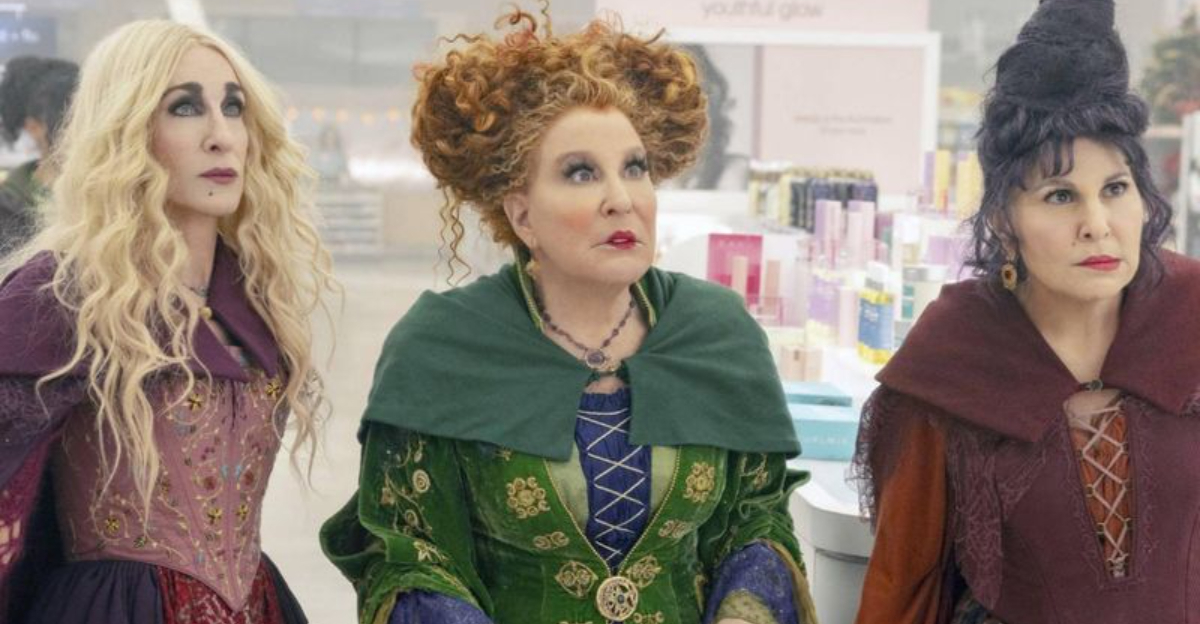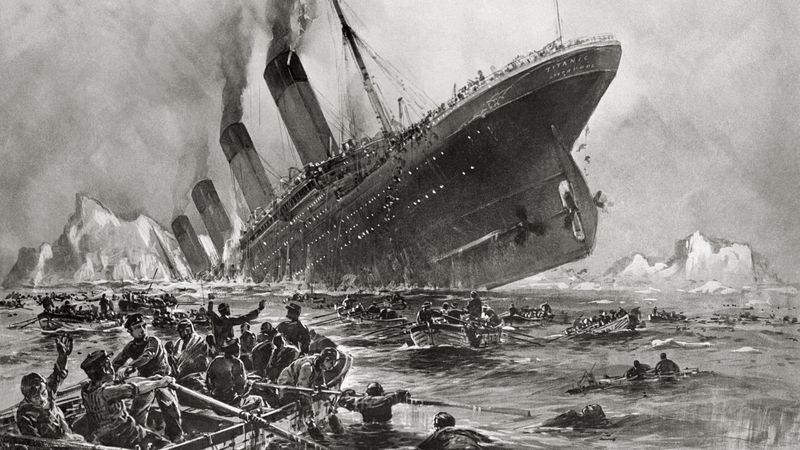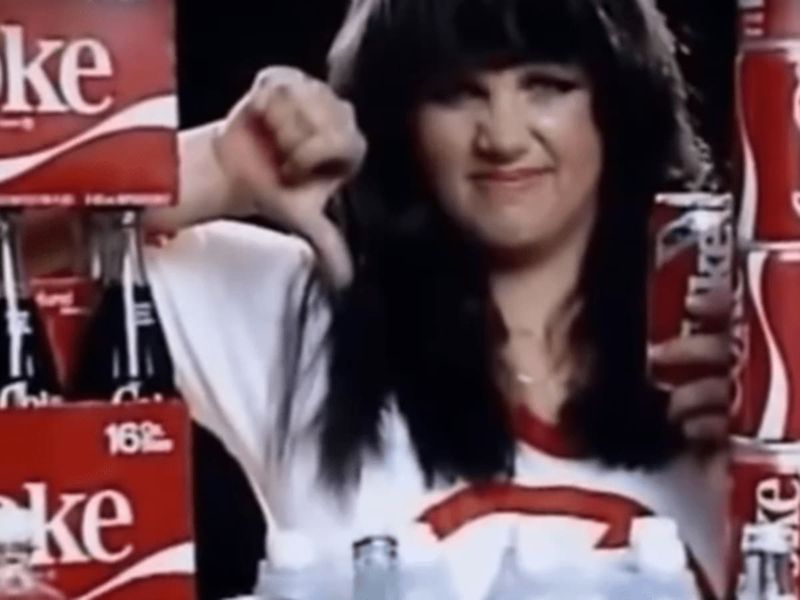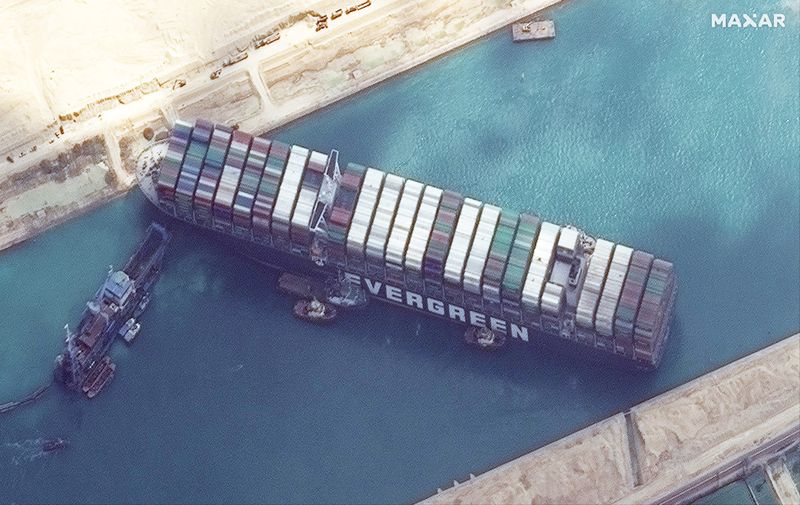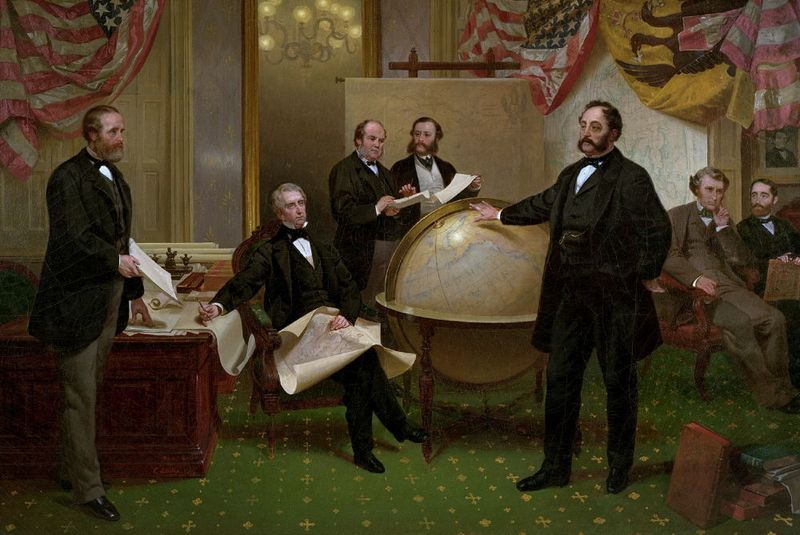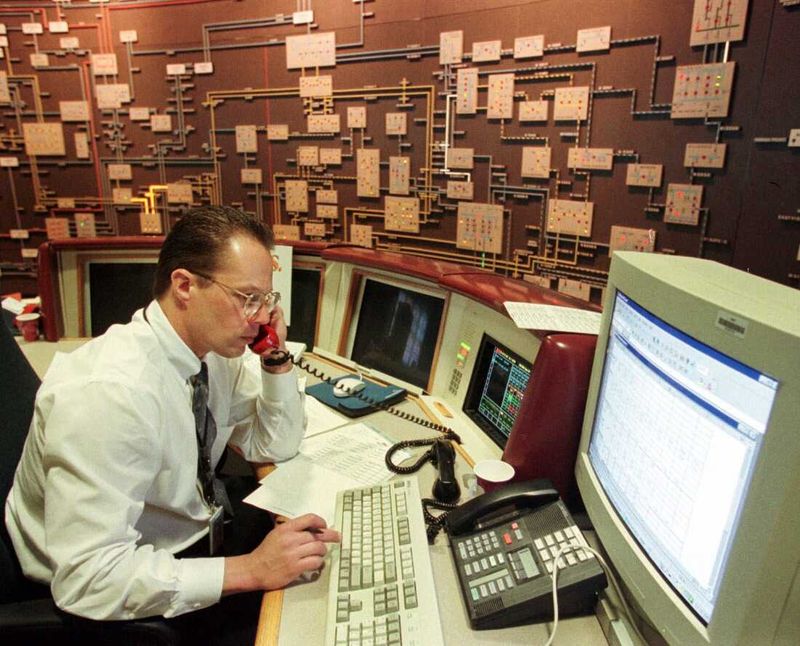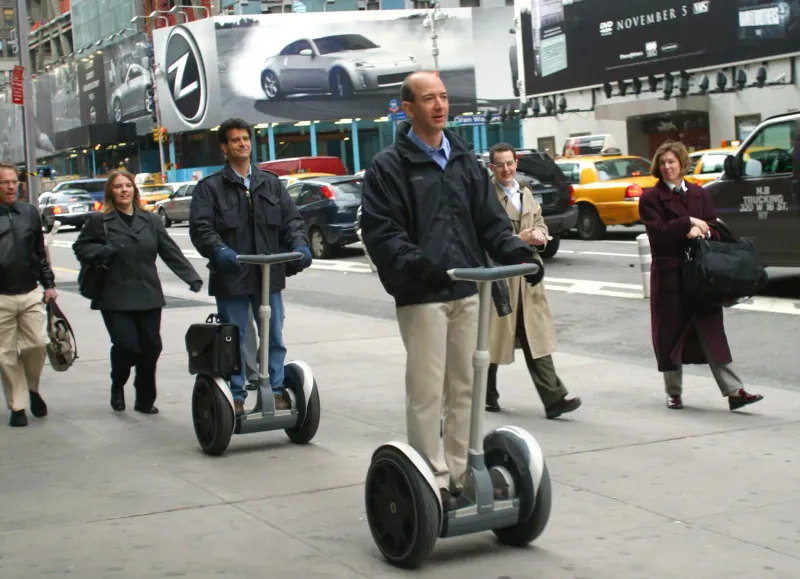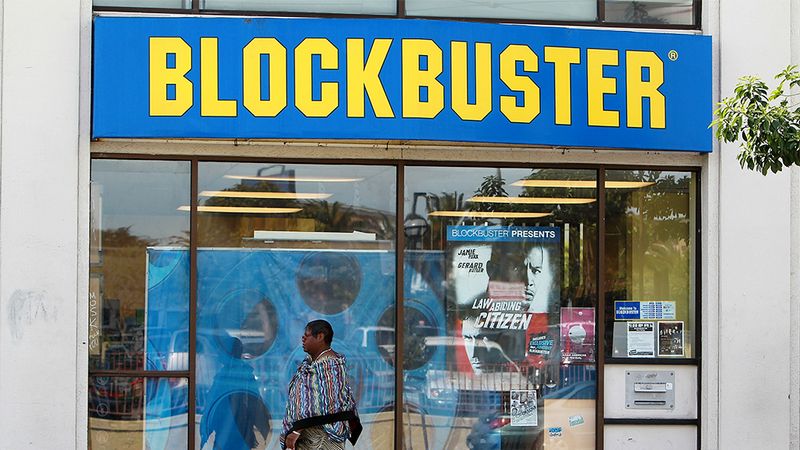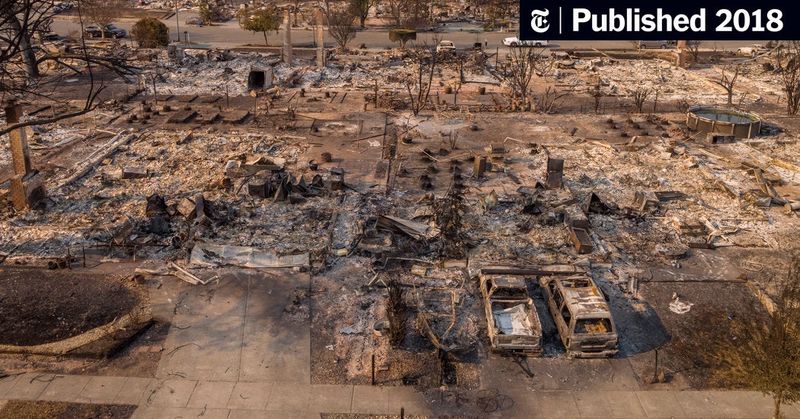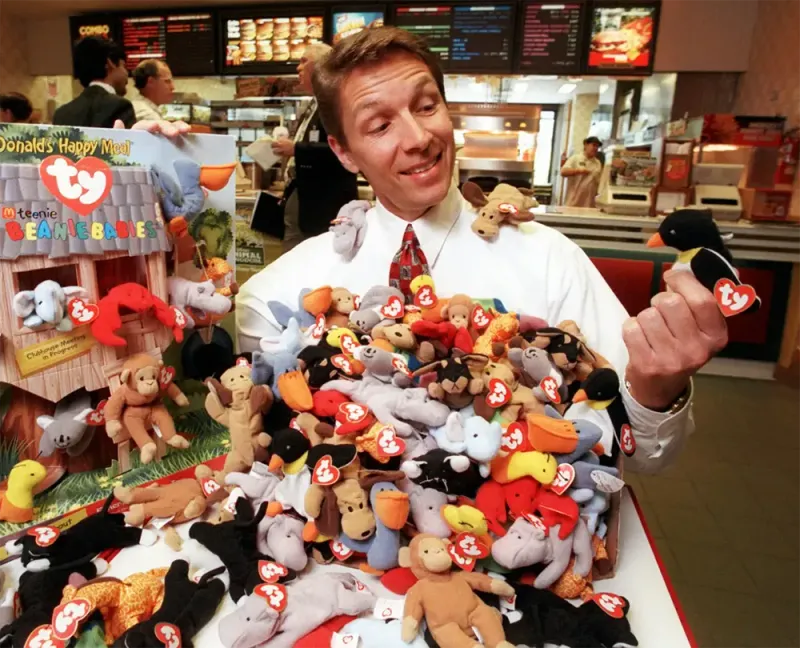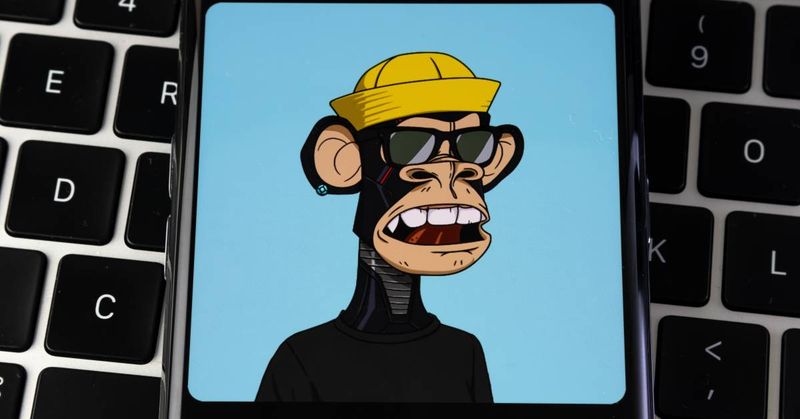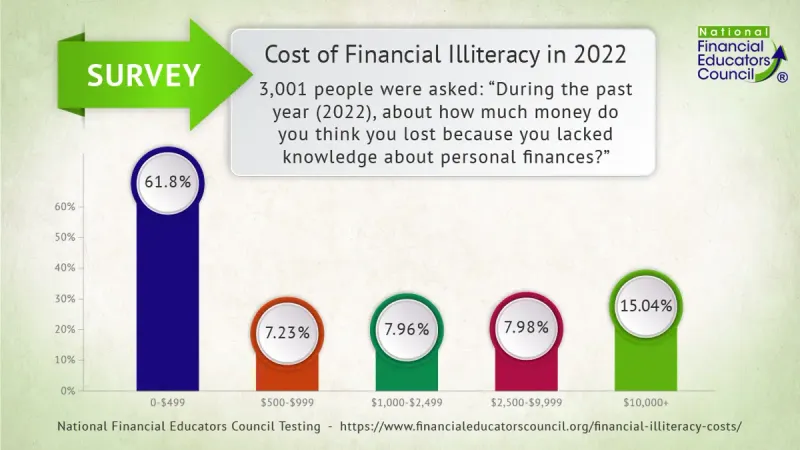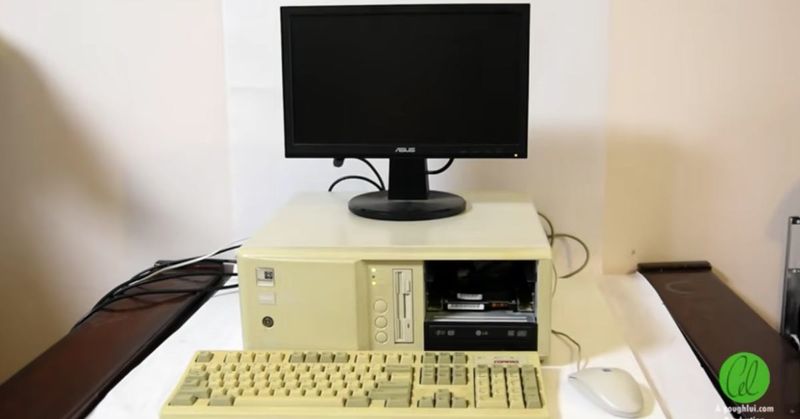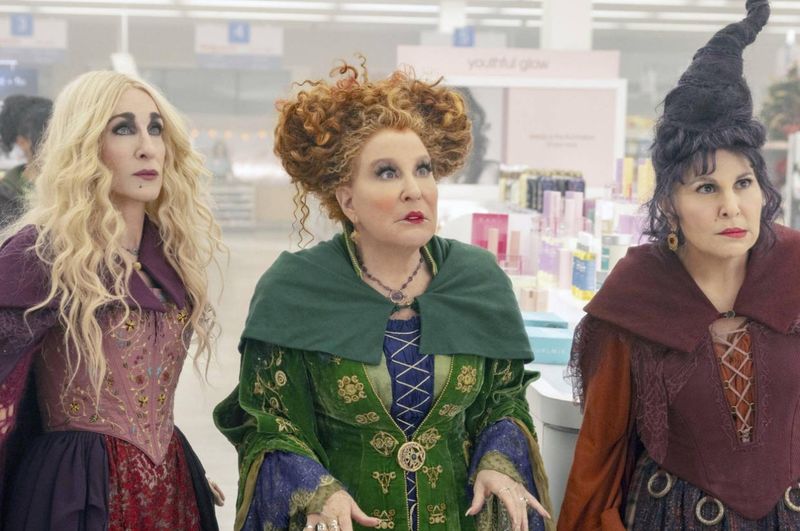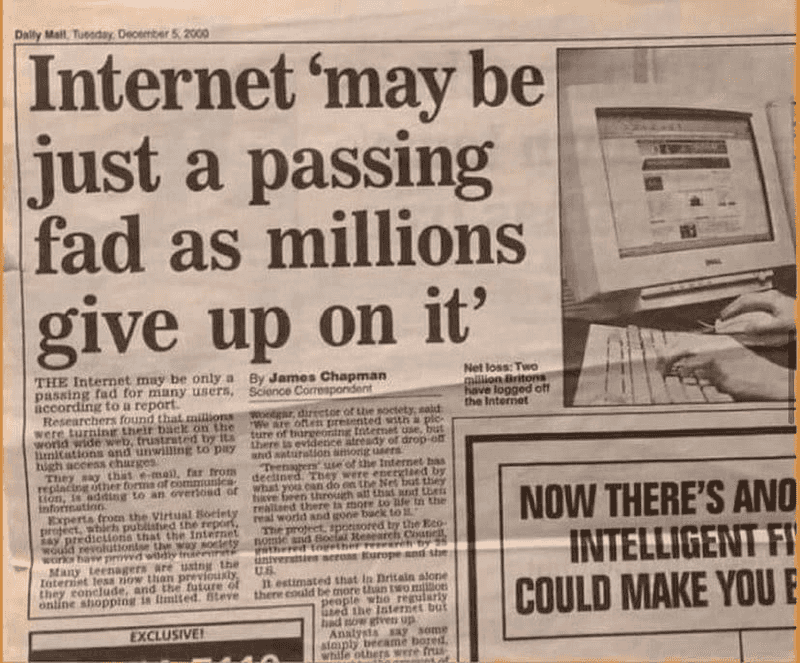Throughout history, humanity has collectively made decisions that, in hindsight, seem utterly foolish. From engineering oversights to cultural blunders, these choices often leave us scratching our heads.
This list explores 29 such decisions that highlight the quirky nature of human decision-making.
Whether it’s due to overconfidence, lack of foresight, or simply the bizarre trends of the time, these examples showcase that even in the age of technology and information, we’re still capable of making some pretty silly choices.
1. Building the Titanic without enough lifeboats
The Titanic was hailed as the unsinkable masterpiece of maritime engineering. Yet, in an ironic twist of fate, it set sail with lifeboats for only half its passengers, because why prepare for the unthinkable?
The belief in its invincibility was so strong that lifeboat numbers were drastically reduced to make the decks more spacious. After colliding with an iceberg, the unthinkable indeed happened.
The tragedy resulted in the loss of over 1,500 lives, a somber reminder that overconfidence can have dire consequences.
2. Launching New Coke
In 1985, Coca-Cola decided to change its 99-year-old formula, introducing New Coke. To their surprise, it was met with public outrage. Coke’s loyal fans were not pleased with the sweeter taste, and the backlash was swift and fierce.
Despite extensive market research, the change backfired spectacularly. Within three months, the original formula was brought back as Coca-Cola Classic. This event is now a textbook example of why sometimes, if it ain’t broke, don’t fix it.
3. Blocking the Suez Canal with a massive cargo ship
In March 2021, the world watched in disbelief as the Ever Given, a colossal cargo ship, lodged itself sideways in the Suez Canal. This single miscalculation halted a major artery of global trade for six whole days. Each day, billions of dollars in goods were delayed, causing ripples across the global supply chain.
The blockage drew attention to the fragile nature of our interconnected trade systems and sparked humorous memes worldwide, but it also underscored the importance of cautious navigation in such crucial channels.
4. Selling Alaska to the United States for $7.2 million
In 1867, Russia sold Alaska to the United States for a mere $7.2 million, a decision that’s often viewed with regret in hindsight. At the time, the land was seen as barren and remote.
Fast forward to today, Alaska is rich in natural resources, including vast oil reserves. Known as “Seward’s Folly” after U.S. Secretary of State William H. Seward, the transaction is now considered one of the greatest real estate bargains in history.
Russia’s short-sightedness became America’s gain, illustrating how undervaluing assets can cost dearly.
5. Thinking Y2K would end the world
As the millennium approached, fears of the Y2K bug gripped the world. People believed that computers, unable to interpret the year 2000, would cause chaos. Governments, companies, and individuals spent billions on preventive measures and stocked up on essentials, fearing a technological apocalypse.
When January 1, 2000, arrived, the world surprisingly continued without a blip. The frenzy over potential disaster serves as a reminder of how fear can drive mass hysteria, often spurred by the unknown rather than the likely.
6. Storming Area 51
In 2019, a satirical Facebook event titled “Storm Area 51, They Can’t Stop All of Us” went viral, proposing to uncover alleged extraterrestrial secrets in Nevada. What began as a joke spiraled into a phenomenon, drawing thousands to the desert.
Despite the playful spirit, participants were met with stern warnings from the military, highlighting security concerns. While no aliens were revealed, the event captured imaginations and emphasized the power of internet culture to turn whimsy into a global spectacle.
7. Creating the Segway to replace walking
Unveiled in 2001, the Segway was pitched as a revolution in personal transport, predicted to replace walking and change city designs. But the reception was less transformative.
High costs, regulatory issues, and the awkward image hindered its widespread adoption. Instead of bustling streets filled with Segways, they found niche uses in tours and security.
The Segway story is a classic case of how innovation doesn’t always match the hype, reminding us that not every futuristic gadget resonates with the public.
8. Using lead in makeup and paint
For centuries, lead was widely used in makeup and paint, praised for its durability and vibrant color. However, it came with a toxic price. Over time, the harmful effects on health became evident, leading to lead poisoning and severe health issues.
The recognition of its dangers led to a gradual phasing out, but not before causing considerable damage. This period serves as a cautionary tale about the perils of toxic substances in everyday products, emphasizing the need for safety in consumer goods.
9. Overusing antibiotics
Originally hailed as wonder drugs, antibiotics have saved countless lives. Yet, the tendency to overprescribe them has led to a troubling rise in antibiotic-resistant bacteria, known as superbugs.
This misuse has created a significant public health challenge, as once-treatable infections become life-threatening.
The lesson here is the importance of responsible antibiotic use and the need for continued research into new treatments, reminding us that the overreliance on a single solution can backfire in the long run.
10. Letting Blockbuster pass on buying Netflix for $50 million
In the early 2000s, Blockbuster was a titan of video rentals when Netflix approached them with a $50 million offer. Blockbuster laughed off the proposal, dismissing it as a novelty.
Fast forward, Netflix revolutionized streaming, while Blockbuster became a relic of the past. This missed opportunity is a stark reminder of how quickly industries evolve and the importance of recognizing potential game-changers.
Today, Netflix is a media giant, and Blockbuster exists only in nostalgic memories and internet memes.
11. Turning forests into malls
The rapid conversion of forests into commercial space exemplifies short-sighted planning. While malls offer convenience and economic growth, they come at the cost of biodiversity loss and environmental degradation.
Trees, the lungs of our planet, are replaced with concrete, affecting climate patterns and wildlife habitats. This trend underscores the need for sustainable development practices that balance economic interests with ecological preservation.
The ongoing environmental impact highlights the importance of rethinking how we utilize natural resources in urban planning.
12. Ignoring early climate change warnings
As early as the late 20th century, scientists sounded alarms about the dangers of climate change, urging immediate action. Despite clear evidence, these warnings were largely dismissed by leaders and industries prioritizing short-term economic growth.
Decades later, the consequences of inaction manifest in extreme weather events and ecological disruptions.
This oversight serves as a critical lesson in the importance of heeding scientific advice and prioritizing long-term environmental health over immediate profits.
13. Panic-buying toilet paper in 2020
Amid the COVID-19 pandemic’s onset, a peculiar phenomenon emerged: the mass hoarding of toilet paper. Driven by fear and uncertainty, individuals cleared store shelves worldwide, despite no actual shortage.
This behavior, fueled by herd mentality, highlighted our susceptibility to panic and misinformation in crises. The toilet paper rush became emblematic of the pandemic’s early days, illustrating how anxiety can lead to irrational actions.
It serves as a reminder of the importance of rational thinking and community cooperation during challenging times.
14. Wearing crocs with socks
In the world of fashion faux pas, wearing Crocs with socks is often cited. What began as a practical choice for comfort sparked divisive opinions. Some argue for their unparalleled coziness, while others see them as the ultimate style blunder.
Despite the controversy, this quirky combination has persisted, embraced by some for its comfort and practicality. The trend underscores the subjective nature of fashion and the notion that style can be both individualistic and polarizing, challenging conventional norms.
15. Investing everything in Beanie Babies
During the 1990s, Beanie Babies became a cultural phenomenon, with people investing heavily in these plush toys, convinced they would appreciate in value. Fueled by speculative mania, collectors stockpiled them, anticipating massive returns.
However, as the market became oversaturated, values plummeted, leaving many with worthless hoards.
This speculative bubble serves as a cautionary tale against following herd investment trends without solid fundamentals, reminding us of the fickle nature of fads and the risks of speculative investing.
16. Eating Tide Pods
In a baffling trend, some teenagers turned laundry detergent pods into a viral challenge: consuming them for internet views. The startling craze swept across social media, prompting health warnings due to the pods’ toxic nature.
This dangerous stunt highlighted the influence of viral challenges and the lengths individuals might go for online fame. It served as a stark reminder of the need for awareness and safety education in the digital age, illustrating the potential hazards of blindly following internet trends.
17. Paying real money for NFTs of apes
In the cryptocurrency boom, people spent large sums on NFTs, particularly cartoon apes. These digital assets, hailed as revolutionary, raised questions about their true value.
Critics argue that the hype-driven market lacks substance, with prices driven more by speculation than intrinsic worth. This phenomenon underscores the speculative nature of digital investments and the potential pitfalls of following trends without understanding underlying value.
While some see NFTs as the future, others view them as a bubble waiting to burst.
18. Not teaching financial literacy in schools
Despite its importance, financial literacy remains absent in many educational curricula. Students graduate with knowledge of algebra and history but lack essential skills like budgeting, investing, and managing debt.
This oversight leaves young adults ill-prepared for financial responsibilities, leading to poor money management and lifelong economic struggles. Advocates argue for integrating financial education into schools, emphasizing the need for practical knowledge in an increasingly complex financial world.
The gap in financial literacy highlights the mismatch between academic priorities and real-world needs.
19. Colonialism
Colonialism marked a period where powerful nations seized territories, exploiting resources and indigenous populations. Driven by economic gain and national pride, colonizers imposed foreign rule, often with devastating effects on local cultures and economies.
While it brought infrastructure and technology, the oppressive systems left lasting scars, fueling conflicts and inequalities that persist today.
This era underscores the consequences of imperialistic ambitions and the importance of respecting sovereignty and cultural diversity, reminding us of the complex legacy of colonial rule.
20. Using plastic for everything
The convenience of plastic led to its ubiquitous use, from packaging to everyday items. However, its durability creates environmental nightmares, as plastic waste accumulates in oceans and landfills.
The slow decomposition rate exacerbates pollution, impacting wildlife and ecosystems. This reliance on plastic reflects short-term convenience over long-term sustainability.
The growing awareness of its environmental impact is driving shifts towards reducing plastic use, showcasing the need for sustainable alternatives and responsible consumption to protect our planet’s future.
21. The DeLorean car with gull-wing doors
The DeLorean, with its gull-wing doors and futuristic design, captured imaginations in the 1980s. However, its high production costs and performance issues left it struggling in the auto market.
Despite its iconic status, popularized by the “Back to the Future” films, it failed to achieve commercial success.
The DeLorean’s story is a fascinating example of how innovation and design alone don’t guarantee success, emphasizing the need for practicality and reliability in addition to aesthetics in product design.
22. Popcorn ceilings
Once a popular home design choice, popcorn ceilings were favored for their ability to hide imperfections and dampen sound. However, they later fell out of favor due to their dated appearance and the difficulty of cleaning and removing them.
Additionally, potential asbestos content posed health risks, necessitating expensive remediation. This trend highlights how design fads can become burdensome over time, showing the importance of considering long-term appeal and functionality in interior design choices.
23. Letting dial-up internet be a thing for so long
Dial-up internet, with its iconic screeching modem sounds, was once the gateway to the digital world. Despite its slow speeds and connection woes, it remained the standard for years.
The persistence of dial-up highlights the challenges of technological progress and the patience of early internet users. As broadband revolutionized connectivity, the era of dial-up is now a nostalgic memory.
Its longevity serves as a reminder of how rapidly technology can advance and the importance of embracing innovation to enhance everyday life.
24. Making YouTube remove the dislike count
In an effort to reduce negative interactions, YouTube removed the public dislike count on videos. While intended to curb harassment, critics argue it reduces transparency and accountability, making it harder to gauge content quality.
The change sparked debates over the balance between protecting creators and informing viewers.
This decision reflects the complexities of managing online platforms and the challenges in shaping community interactions, highlighting the ongoing debate over freedom of expression and content regulation.
25. Releasing movie sequels no one asked for
Hollywood’s penchant for sequels often results in films that fail to capture the original’s magic. Attempts to cash in on established franchises can lead to disappointing results, as seen with films like the “Cats” remake and “Zoolander 2.”
These sequels often prioritize profit over creativity, leaving audiences underwhelmed. The trend highlights the risk of prioritizing commercial success over artistic integrity and the challenge of balancing audience expectations with originality in storytelling.
26. Basing health fads on celebrities instead of science
Celebrity-endorsed health fads often gain traction despite lacking scientific backing. From detox teas to extreme diets, these trends appeal to those seeking quick fixes. However, they can lead to unhealthy practices and misinformation.
The reliance on celebrity influence over scientific evidence highlights the need for critical thinking when evaluating health advice. Emphasizing evidence-based practices is crucial to ensuring well-being and avoiding the pitfalls of following trends that prioritize fame over fact.
27. The mullet haircut trend
The mullet, a hairstyle defined by “business in the front, party in the back,” became a cultural icon in the 1980s. Despite its controversial appearance, it gained a dedicated following.
Over time, it became a symbol of bold fashion choices and self-expression, though often ridiculed as a style misstep.
The mullet’s legacy persists in fashion history as a reminder of the ever-evolving trends and the courage to embrace individuality, regardless of popular opinion.
28. Over-relying on autocorrect
Autocorrect, designed to streamline typing, often leads to amusing or frustrating errors. While it can save time, over-reliance on technology can result in miscommunication.
The quirks of autocorrect serve as a reminder of the balance needed between human input and technological assistance. It highlights the importance of reviewing our messages and the humorous side of technology’s imperfections.
This reliance on autocorrect reflects our adaptation to technology while navigating the challenges it presents.
29. Thinking the internet was a “fad.”
In its early days, some dismissed the internet as a passing trend, underestimating its transformative power. Critics saw it as a novelty, ignoring its potential to revolutionize communication, commerce, and information sharing.
The internet’s exponential growth and integration into daily life proved skeptics wrong, reshaping industries and societies.
This initial dismissal underscores the importance of recognizing and embracing technological advancements, even when they challenge conventional thinking, highlighting the potential for innovation to redefine our world.
